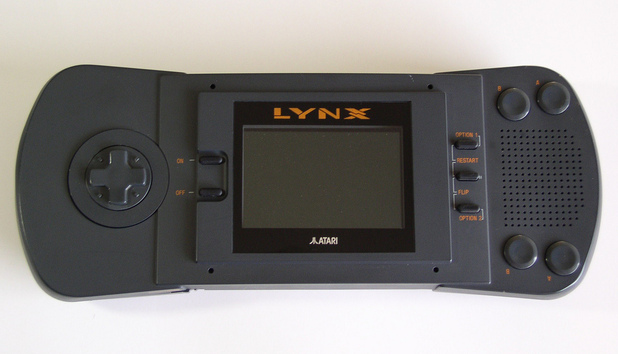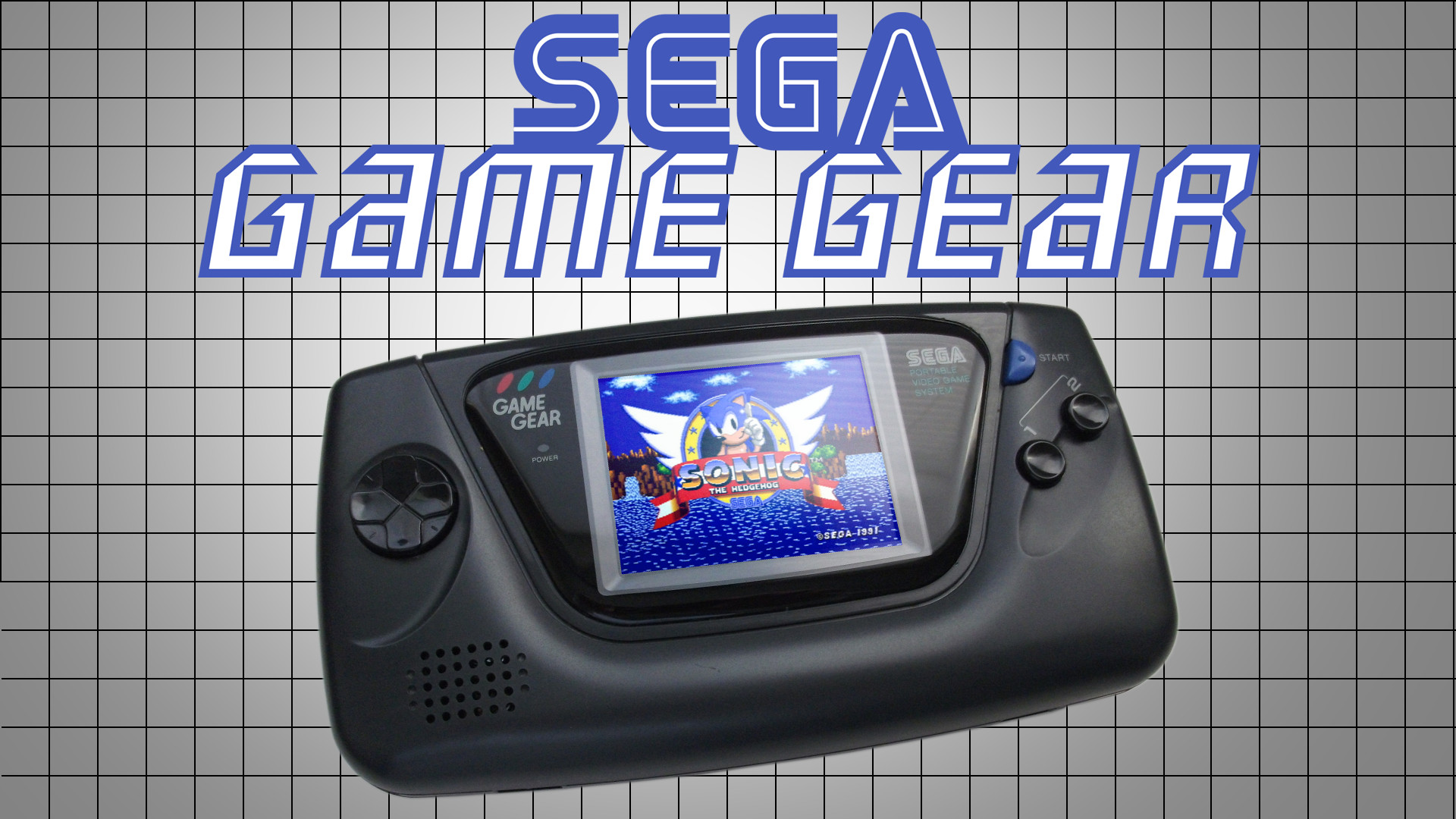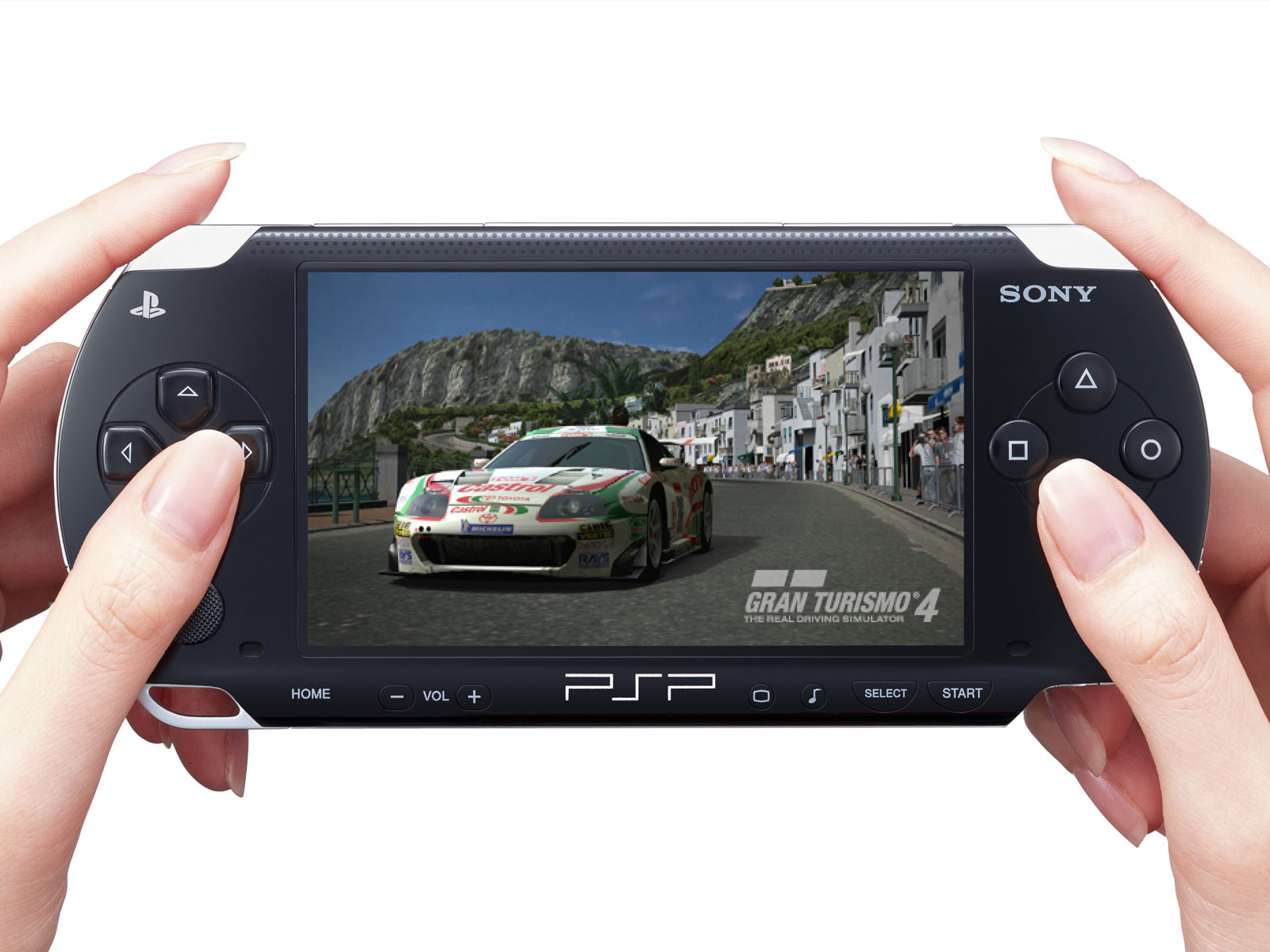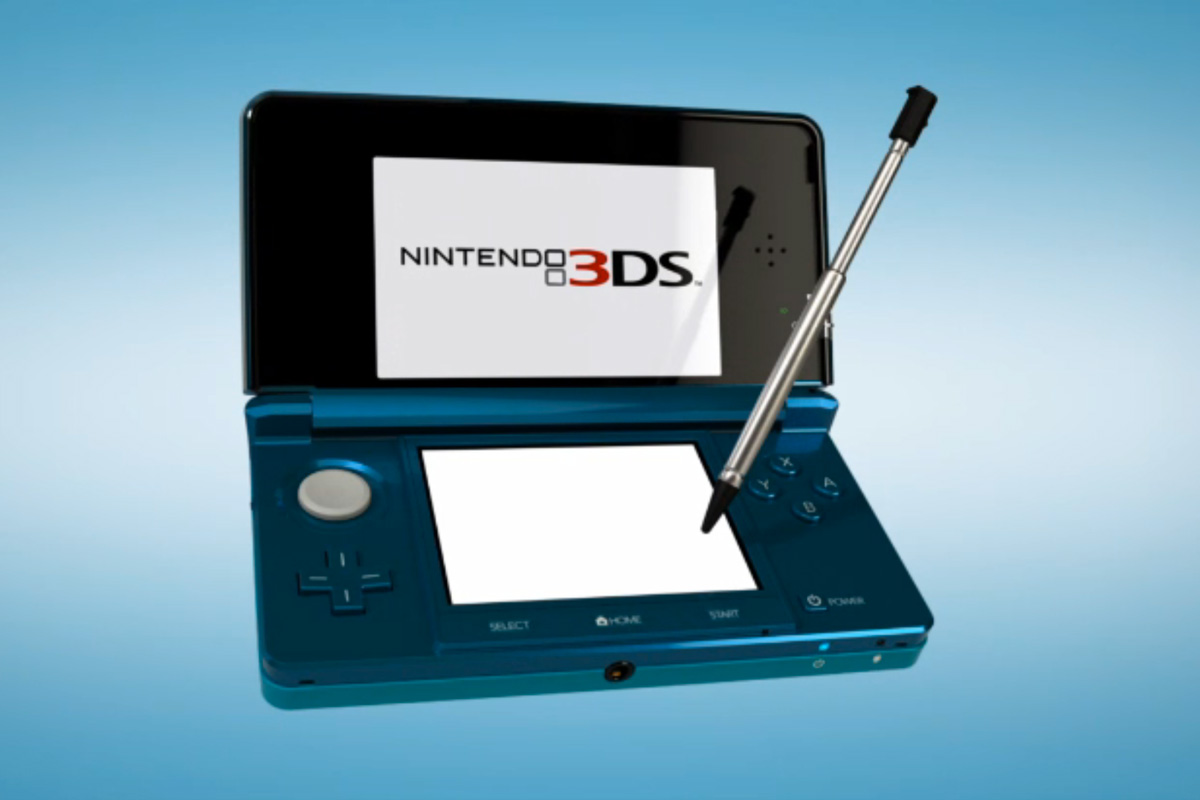
Remembering when handheld gaming was simple and the dirty battles which were fought
Today you can pull out your smart phone and play a quick round of Angry Birds on it, or whatever game you have on there; but there was a time when handheld gaming was much different. Before cell phones, before tablets, before internet, there was a simple gray brick called Game Boy. While not the first handheld console, Game Boy was the most influential and the most successful. The handheld gaming craze began. The competition was fierce. Everyone was out to make money with their new technological handheld console, complete with "this" jargon and "that" new whatever. Let's go back and take a look at these consoles. I can't cover them all, of course, since there were so many (more than you would expect!), but we'll analyze the best and worst of them. Before that, though, we have to go back to the very beginning, before Game Boy arrived.
Pre-Game Boy
Microvision (Milton Bradley, 1979)

The Microvision was the first handheld to use game cartridges. Of course, it was big and bulky, having a 16 by 16 pixel LCD screen, and using two 9-volt batteries. Unlike modern handhelds, it had a twelve-button keypad and a paddle (similar to an old radio dial). 12 total games were released for the console, including Block Buster, Star Trek: Phaser Strike, Baseball, and Cosmic Hunter. Being so primitive, the Microvision had some problems: screen rot, ESD damage, and keypad destruction all plagued the bulky system. Still, it holds an important place in the history of handheld consoles.
Game Pocket Computer (Epoch, 1984)

This strange handheld console was never released outside Japan (for obvious reasons we'll see in a moment). The LCD screen had a resolution of 75 by 64, impressive for its day. The console itself had a puzzle game and a paint program built into it, which is a good thing since only five games were released for it. These games played out much like your typical Ataria 2600 game, but none of the games are standouts. Four AA batteries allowed this beast to run. The controls included four buttons, an 8-way joypad, a contrast dial, and a sound on/off switch. The system flopped in Japan, killing it as quickly as it came.
The First Generation
Game Boy (Nintendo, 1989)

Headed up by Gunpei Yokoi (the genius behind Metroid and Kid Icarus), Nintendo's R&D1 team gave us the simple yet successful Game Boy. It was outdone by the competiton in every area (as we will see), yet GB stuck to its cheap guns and won the race in the end. It was an 8-bit system, took 4 AA batteries, and had an ugly pea green color, but that didn't stop it from dominating households everywhere. Games are everything, and GB had the games; it was a huge success mainly due to Tetris at its birth and Pokemon near its end (inbetween wasn't too shabby either). It had several revisions, including Game Boy Pocket, Game Boy Light (Japan only), and ultimately, its successor, Game Boy Color. Yokoi is the Father of the Game Boy, and therefore the Father of Handheld Gaming. Ultimately, it all started with Game Boy, and this is Yokoi's legacy.
Lynx (Atari, 1989)

This mammoth machine was the first color handheld. It had all kinds of impressive things: backlit display, switchable right/left hand configuration (can't leave those left-handed people out), and pseudo 3D graphics. However, all of this amazing technology came at a price. The console used six AA batteries, which would only last for four to five hours, so any boy going on a long summer road trip had to pack a lot of batteries along with essential car trip accessories. Atari quickly released the Lynx II, which was smaller and lighter. The Lynx saw moderate success, but lost overall to the simplicity of the Game Boy. It was the Cadillac of the handheld systems.
TurboExpress (NEC, 1990)

This handheld looks a lot like the Game Boy, only black (meaning it's cooler than "that old gray brick"). This one was unique due to the fact that it could play the TurboGrafx-16's HuCard games. It was also the first handheld to have 16-bit graphics. However, the TurboExpress was plagued with problems: cheap capacitors (leading to sound failure), bad pixelation (resulting in making text difficult or impossible to read), 6 AA batteries which only lasted for three hours, and the inability to save your game. To make things worse, the console launched with a $249.99 price tag, more expensive than the other handhelds of the day. Suffice to say, TurboExpress was a failure, and NEC quickly dropped out of the handheld race.
Game Gear (Sega, 1990)

Like the Lynx, Sega's Game Gear was impressive for its time. Its 8-bit graphics popped out due to its full-color backlit screen. Sega's bulky handheld came the closest to competing with the Game Boy, but ultimately fell short. Once again, games are important, and the GG lacked strong games; it certainly didn't have any "classics" such as were seen on the Game Boy. Short battery life, lack of original titles (look, another Sonic game), and weak support from Sega all contributed to the GG losing the war. In 1995, Sega released another handheld: the Nomad, which could play Genesis games on the go. But no one cared for it. Sega shot itself in the foot again by releasing too many things at once, and with no pack-in title, the Nomad was deemed a commercial failure.
Game.com (Tiger Electronics, 1997)

This nearly forgotten handheld was ahead of its time, with two game cartridge slots, touchscreen and stylus, and internet capabilities. And while the console was aimed at an older audience, it had terrible marketing, trashing other companies and calling them idiots. No one knew what to make of it. GC actually had some big games too, including Frogger, Mortal Kombat, and Sonic. But the system's sudden death caused a lot of games to never see the light of day; in fact, there were almost as many canceled games as released ones. In the end, less than 300,000 GC units were sold. Sometimes it's best not to compete with the pros.
Neo Geo Pocket (SNK, 1998)

Neo Geo Pocket was the first handheld to be on Game Boy's level. It had everything GB had, except for well-known games. The original version was never released outside Japan; when the Game Boy Color was released, SNK responded with Neo Geo Pocket Color, which was then sent to our shores. NGPC was affordable, with good battery life and great games; the problem was, since Neo Geo was a niche console, so was its handheld sibling. Pocket's library is filled with mostly fighters and puzzle games. The console was disregarded by the vast majority of gamers in favor of Game Boy or Game Gear. Overall, only 83 games were released for the handheld, 32 of which came to North America. It's a sad state to befall a legitimately good system.
WonderSwan (Bandai, 2000)

You wouldn't think that Bandai of all developers could produce a good handheld, but they did, and for one main reason: Gunpei Yokoi was the man behind it. Due to Yokoi's genius, WonderSwan became the third best-selling handheld of the first generation, selling over 3 million units (in Japan only). Bandai used many of its animes to sell the system to those anime-crazy Japanese, but WS also had great third party support: Capcom, Namco, and Square all gave good quality games to the handheld. Like the Lynx, WS could be played horizontally or vertically. It also saw two revisions in the WonderSwan Color and the SwanCrystal. However, when the Game Boy Advance was released, WonderSwan couldn't keep up and was put out of commission. Still, the system did remarkably well, being a shining moment for both the late Yokoi and Bandai.
The Second Generation
Game Boy Advance (Nintendo, 2001)

After twelve years of dominance, Nintendo finally released the Game Boy's big successor: the Game Boy Advance. With a smart design, small size, 32-bit graphics, and backward compatibility with GB and GBC games, the GBA was set for success. For once, the launch line-up here was strong, including a remade version of Super Mario Bros. 2 called Super Mario Advance, a new F-Zero game, and an action-packed Castlevania title, among many others. The GBA was quickly a huge success, and saw a couple revisions: the Game Boy Advance SP (2003) and the Game Boy Micro (2005). As of 2010, 81.51 million units have been sold worldwide, making the GBA the third-best selling handheld of all time. It's also the last console with the Game Boy name, so we salute you, GBA, for giving us all that Game Boy-ey goodness.
GP32 (Game Park, 2001)

This handheld device was released only in South Korea (which is why it probably didn't do too well). It's similar to the GBA in almost every way, including its button set-up and design. However, it had a lot of distinctions, including its use of SmartMedia Cards (SMC), a USB port, and its online abilities. After registering the system online, players could download development tools and create their own programs. Games could also be downloaded from the internet (which we're all used to doing today). Despite these innovations, the GP32's limited region release caused most of the world to miss out on it completely.
N-Gage (Nokia, 2003)

This device was the first mobile phone/handheld hybrid. Nokia advertised it as the phone that could also play awesome handheld games. However, the buttons were not well-suited for gaming, and when used as a phone, the N-Gage resembled a "taco," according to many players. Thus, the N-Gage was not good as a phone or a handheld system. In 2005, Nokia moved all its N-Gage games to a series of smartphones; this is what they should have done in the first place. A phone company making a video game handheld? Not a good idea. Nokia found this out the hard way.
The Third Generation
DS (Nintendo, 2004)

Nintendo's next handheld was radically different from previous ones. The DS (Dual Screen) had two screens which functioned in tandem, and its clam-shell design could be closed. This was the first two-screen handheld; the bottom screen was touchscreen, with a stylus being stored in the side of the console. The DS also had a built-in mic. Many games took advantage of the two screens and the new touch screen capibilities. The DS was also backward compatible, having a second slot for GBA games. But by far the DS's greatest feature was that you could play games online using wireless connectivity. The console saw two updates: the DS Lite and the DSi. Overall, the DS sold 153.99 million units worldwide, making it the best-selling handheld of all time.
PSP (Sony, 2004)

Once again, Sony proves to be Nintendo's greatest competition by entering the handheld market with their PlayStation Portable, called PSP for short. Their powerful device used an optical disc format, had a large screen, robust multi-media capabilities, and could connect to the PS2, PS3, other PSPs, and the internet. Thus, the PSP was technologically more advanced than Nintendo's DS, although the latter was more innovative in its design. The PSP had great success, especially compared with other devices of the time. As always, the console has seen its share of updates with the PSP-2000, PSP-3000, and the PSP Go. Sony proved that another developer could compete with Nintendo in the handheld market without dying out in a few short years.
Gizmondo (Tiger Telematics, 2005)

There was a lot of hype and advetising for this oddly-named handheld. The Gizmondo had plenty of unique features, including BlueTooth, a camera, SMS and MMS, and a GPS. And while it was advertised extensively, it sold poorly, with less than 25,000 units being sold worldwide. Perhaps this is due to the fact that it launched at the price of $400! Its terrible sales forced Tiger Telematics to go into bankruptcy in February 2006, and as a result, only 14 games were released for the handheld. Thus, Gizmondo goes down in history as the worst-selling handheld ever.
The Fourth Generation
3DS (Nintendo, 2011)

Just when you thought it couldn't get any better, Nintendo releases its next handheld console, the 3DS. It looks similar to the DS, but it is far superior in every way. The main thing is the stereoscopic 3D visuals, which can be seen without the use of 3D glasses or accessories. But there are also many new features, including StreetPass and SpotPass tag modes, a 3D camera, the eShop (where you can download games), the Virtual Console (which lets you download old handheld games, including Game Boy and Game Gear games), MiiVerse, an internet browser, Netflix, Hulu Plus, and YouTube streaming services, Swapnote, and Mii Maker. While it hasn't seen the success of the DS, the 3DS continues Nintendo's dominance in the handheld market, although smartphones have no doubt hurt its sales. Nintendo was quick to update the 3DS with the 3DS XL, a larger version with better battery life. With great functions and a wonderful library of games, the 3DS proves that Nintendo still knows how to make great handheld consoles.
Vita (Sony, 2011)

Sony keeps up the competition against Nintendo by releasing the PSP's successor, the Vita. Although it looks almost exactly the same, the Vita has new features, including two analog sticks, a touchscreen, and its support of BlueTooth, Wi-Fi, and optional 3G. As always, Sony impresses with great-looking graphics on this sleek-designed handheld. Perhaps the greatest accessory for the Vita is Playstation TV, which allows players to play Vita games on the TV. However, this doesn't work for all Vita games, as some of them must have the touchscreen to function properly. You'll notice that in this final generation of handheld consoles, only Nintendo and Sony are still in the race. Despite the rise of smartphone gaming, these two companies continue to dominate with technological and innovative features. Many developers have come and gone with their attempts to get a foothold in the portable market, but only two remain, and time will tell if handheld gaming will last.
What's your favorite handheld console? And what are your favorite memories with a handheld? Please share your experiences, and as always, thank you for reading.





















Comments